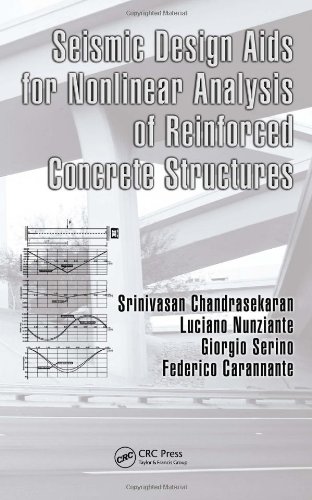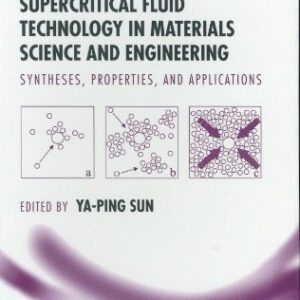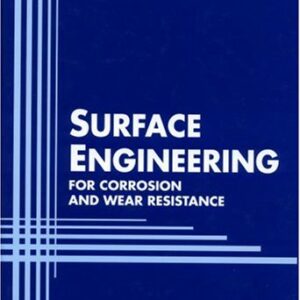Tools to Safeguard New Buildings and Assess Existing Ones Nonlinear analysis methods such as static pushover are globally considered a reliable tool for seismic and structural assessment. But the accuracy of seismic capacity estimates?which can prevent catastrophic loss of life and astronomical damage repair costs?depends on the use of the correct basic input parameters.
Seismic Design Aids for Nonlinear Analysis of Reinforced Concrete Structures simplifies the estimation of those vital parameters. Many design engineers make the relatively common mistake of using default properties of materials as input to nonlinear analyses without realizing that any minor variation in the nonlinear characteristics of constitutive materials, such as concrete and steel, could result in a solution error that leads to incorrect assessment or interpretation.
Streamlined Analysis Using a Mathematical Model To achieve a more accurate pushover analysis and improve general performance-based design, this book reassesses some key inputs, including axial force-bending moment yield interaction, moment-curvature, and moment-rotation characteristics. It analyzes these boundaries using a detailed mathematical model of reinforced concrete sections based on international codes, and then proposes design curves and tables derived from the authors? studies using a variety of nonlinear tools, computer programs, and software. The text reviews relevant literature and describes mathematical modeling, detailing numerical procedures step by step.
Including supplementary online material that can be used to compute any parameter, this reference delineates nonlinear properties of materials so that they can be used instantly for seismic analysis without having to solve cumbersome equations.






Reviews
There are no reviews yet.